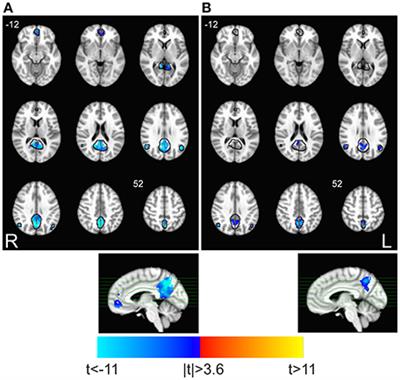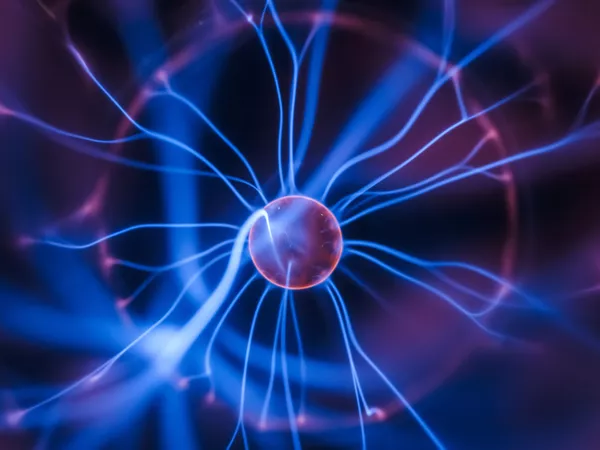EDITORIAL
Published on 06 Mar 2018
Editorial: Proceedings of the International School on Magnetic Resonance and Brain Function – XII Workshop
doi 10.3389/fphy.2018.00018
- 1,118 views
14k
Total downloads
84k
Total views and downloads
EDITORIAL
Published on 06 Mar 2018
ORIGINAL RESEARCH
Published on 19 Dec 2017

ORIGINAL RESEARCH
Published on 10 Nov 2017

REVIEW
Published on 10 Oct 2017

ORIGINAL RESEARCH
Published on 25 Sep 2017

ORIGINAL RESEARCH
Published on 03 Aug 2017

ORIGINAL RESEARCH
Published on 03 Aug 2017

ORIGINAL RESEARCH
Published on 27 Jul 2017

ORIGINAL RESEARCH
Published on 25 Jul 2017

PERSPECTIVE
Published on 30 Jun 2017
REVIEW
Published on 26 May 2017

ORIGINAL RESEARCH
Published on 18 May 2017

